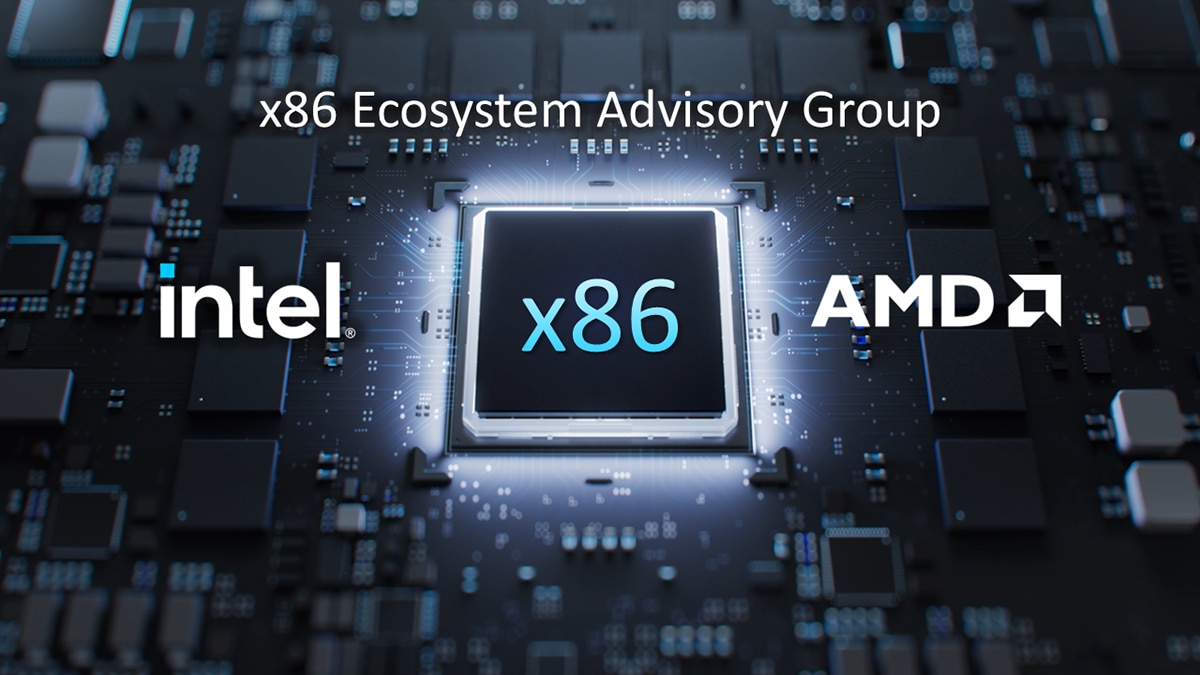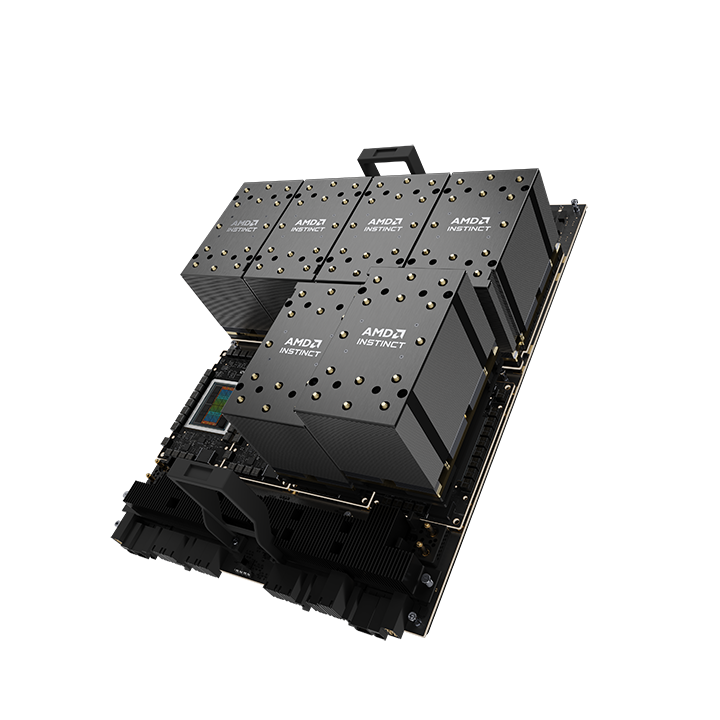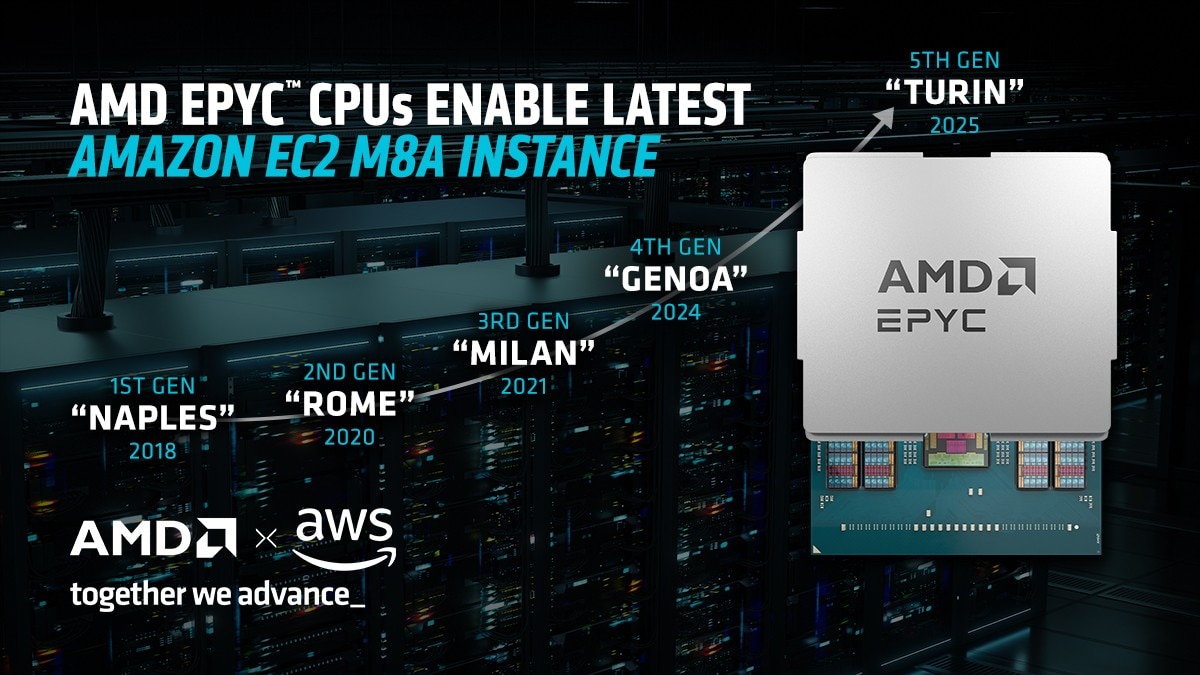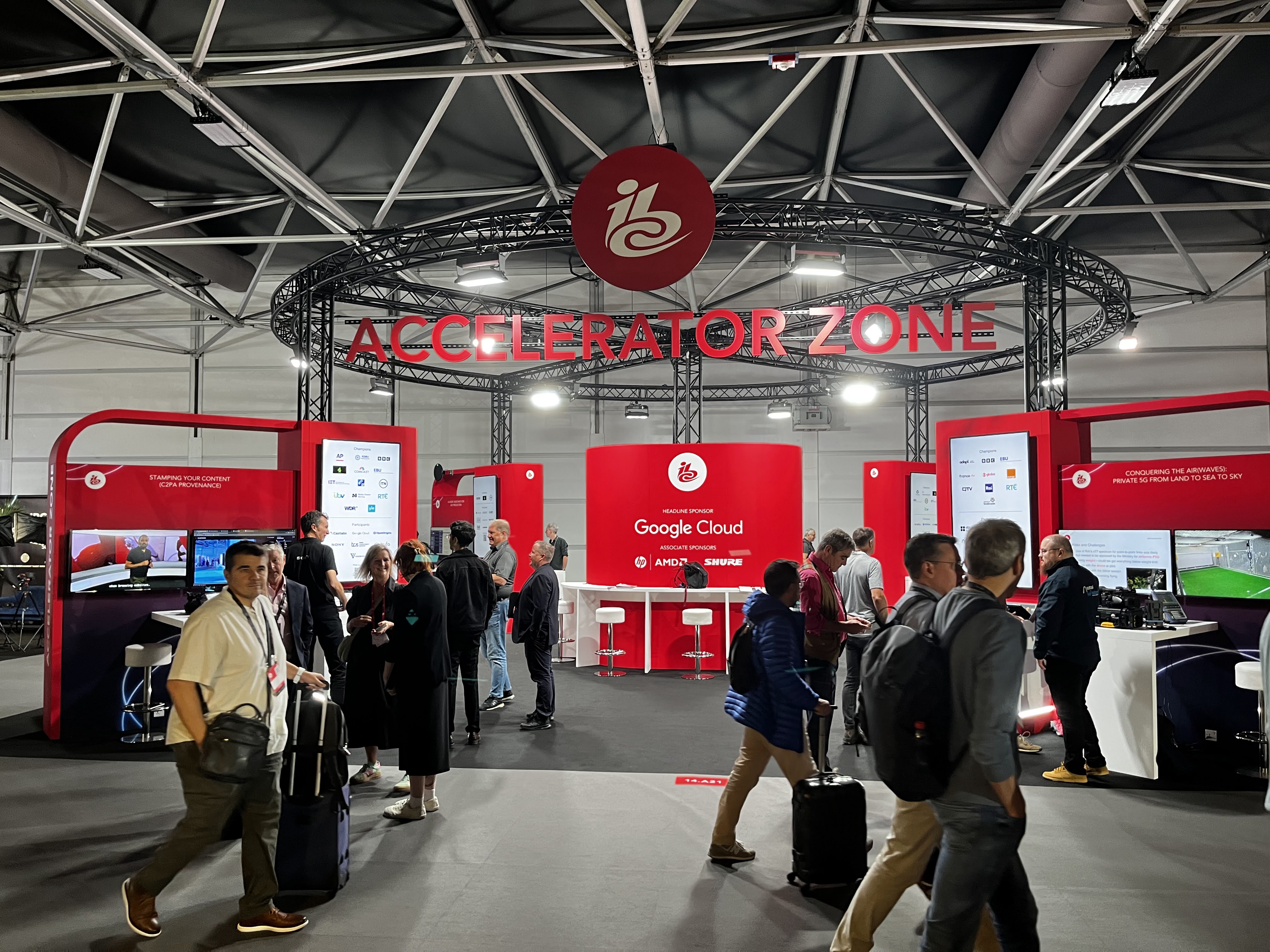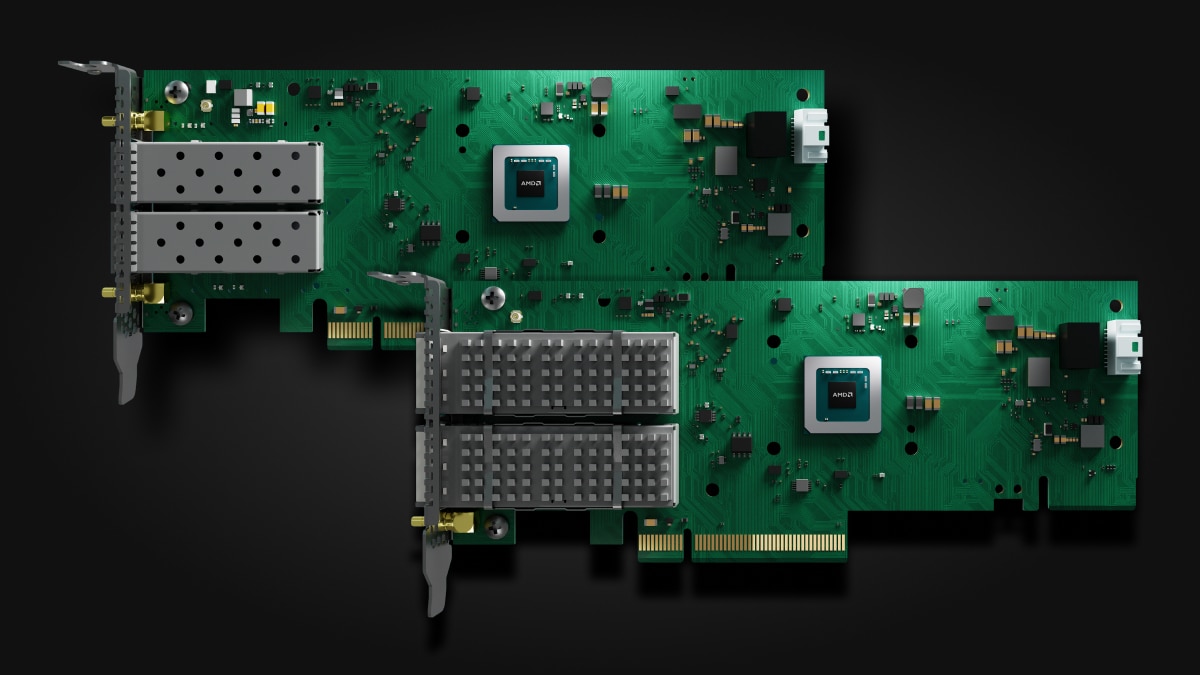Celebrating 5 Years of AMD Ryzen™ Threadripper™ PRO CPUs
Jul 14, 2025
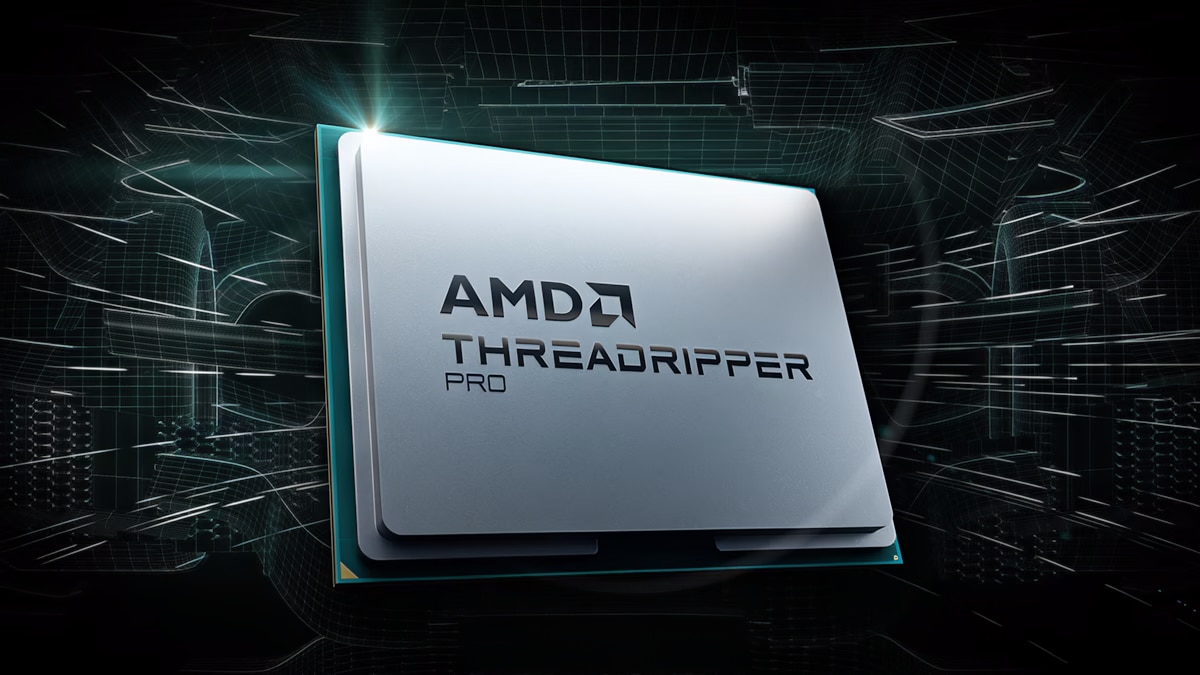
Five years ago, AMD launched the first Ryzen™ Threadripper™ PRO processors and forever changed what customers expected from a workstation. These new CPUs built on the established success of the AMD Ryzen Threadripper Series processor family, then surpassed it, combining enterprise-class reliability and stability with record-breaking core counts, tremendous I/O bandwidth, and the high clock speeds lightly threaded applications require for optimal performance.
With AMD Ryzen Threadripper 9000 WX-Series CPUs (codenamed “Shimada Peak”) launching in late July, it's a good time to revisit the evolution of AMD professional, high-end processors and to talk a bit about where the company is headed next.
The Road to Workstations (2017-2020)
The road to its workstation business began for AMD in 2017, with the launch of non-PRO AMD Ryzen Threadripper Series processors. AMD built this new high-end desktop (HEDT) processor because it wanted to extend the strengths of desktop Ryzen processors into higher-tier products and reach the customers that preferred them.
High-end desktop processor core counts had grown slowly from 2012 - 2017, partly because packing more and more CPU cores into a single slice of silicon has a negative impact on yield, and by extension, on semiconductor profit margins. AMD Ryzen Threadripper processors, in contrast, were designed from the beginning to be more modular and to scale up more easily.
Keeping core counts low and focusing on monolithic manufacturing was good for IDM (Integrated Device Manufacturer) profit margins, but it didn't serve the needs of anyone whose software would benefit from higher core counts or more memory bandwidth. AMD had already disrupted the conventional desktop market with eight-core processors like the Ryzen 7 1800X, and it saw a similar opportunity in the high-end desktop market.
The AMD Ryzen Threadripper 1950X launched in August 2017, featuring 16 CPU cores in a single socket and a substantially better per-core price than any equivalent part then in-market. The chip was well-received, and proved AMD could build high core count CPUs that rivaled the best hardware available at the time.
As its new HEDT CPU redefined consumer expectations, AMD conversed with professional content creators, ISVs, OEMs, and prospective enterprise customers to better understand where workstations of the day fell short. AMD took the substance of those conversations, combined them with what it had learned over the past three years and created a new workstation product family.
AMD Ryzen Threadripper PRO Series processors doubled down on the strengths of their HEDT predecessors before improving them further. These new CPUs hit higher frequencies than any competitive chips available at its launch* and scaled up to 64 cores -- more than twice as many as were available in any single-socket workstation at that time**. AMD workstation processors added supported ECC memory and eight memory channels, where the lower-end HEDT processor line lacked ECC support and peaked at just four memory channels. The chart below shows how dramatically workstation core counts improved once AMD entered the market.
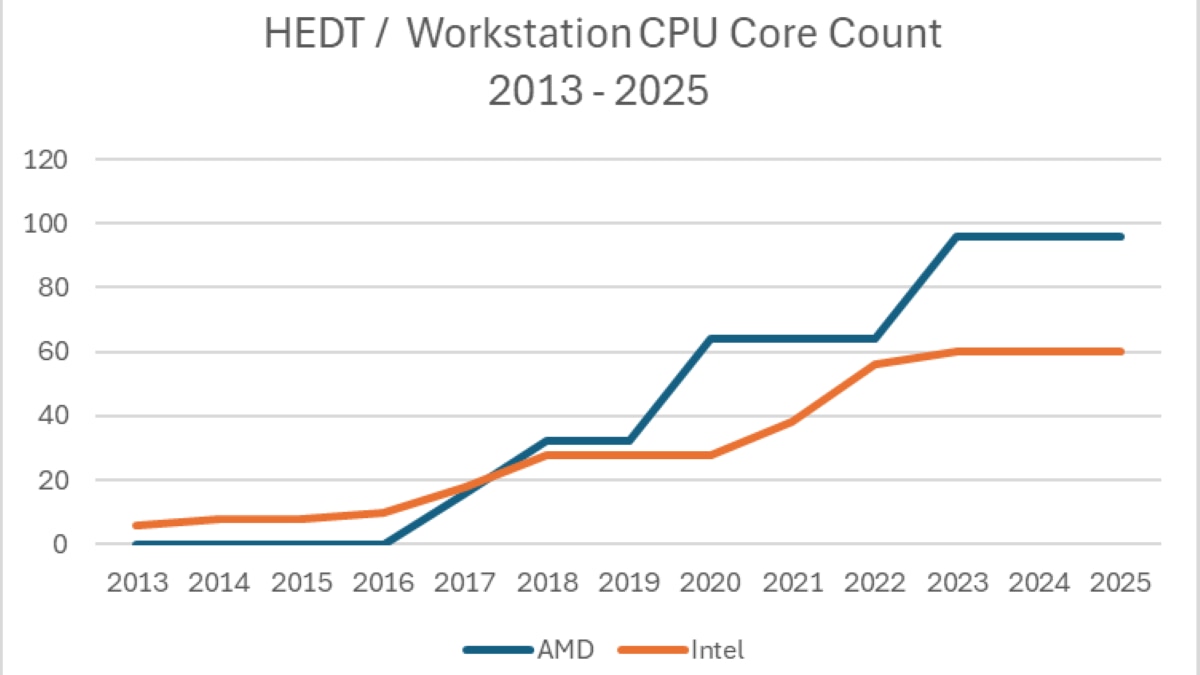
AMD Ryzen Threadripper PRO 3000WX-Series processors were the first workstation CPUs to adopt the then-new PCI Express 4.0 standard, and the first to support AMD PRO Technologies, including AMD Secure Processor, AMD PRO Manageability, and AMD PRO Business Ready. These enterprise-class features built credibility in the workstation market and helped establish AMD as a true commercial contender in the eyes of its potential customers.
Revolutionizing the Workstation Market
Before AMD made its play for the workstation market, competitive chips topped out at 28 cores. Companies with workloads that could scale beyond that point either had to buy two-socket motherboards at a substantial price premium or distribute rendering jobs across multiple networked systems. Neither option was ideal.
AMD Ryzen Threadripper PRO processors solved this problem by adopting a new chiplet-based architecture that allowed systems to scale to previously impossible core counts. Unlike a traditional microprocessor, which seeks to integrate as much silicon as possible into a monolithic die, a chiplet design separates the functional components of the CPU into different processing blocks. In this case, the CPU is outfitted with a variable number of eight-core processing blocks, or CCDs (Core Chiplet Die). All of these chiplets connect to a common I/O die via Infinity Fabric, as shown in the diagram below.
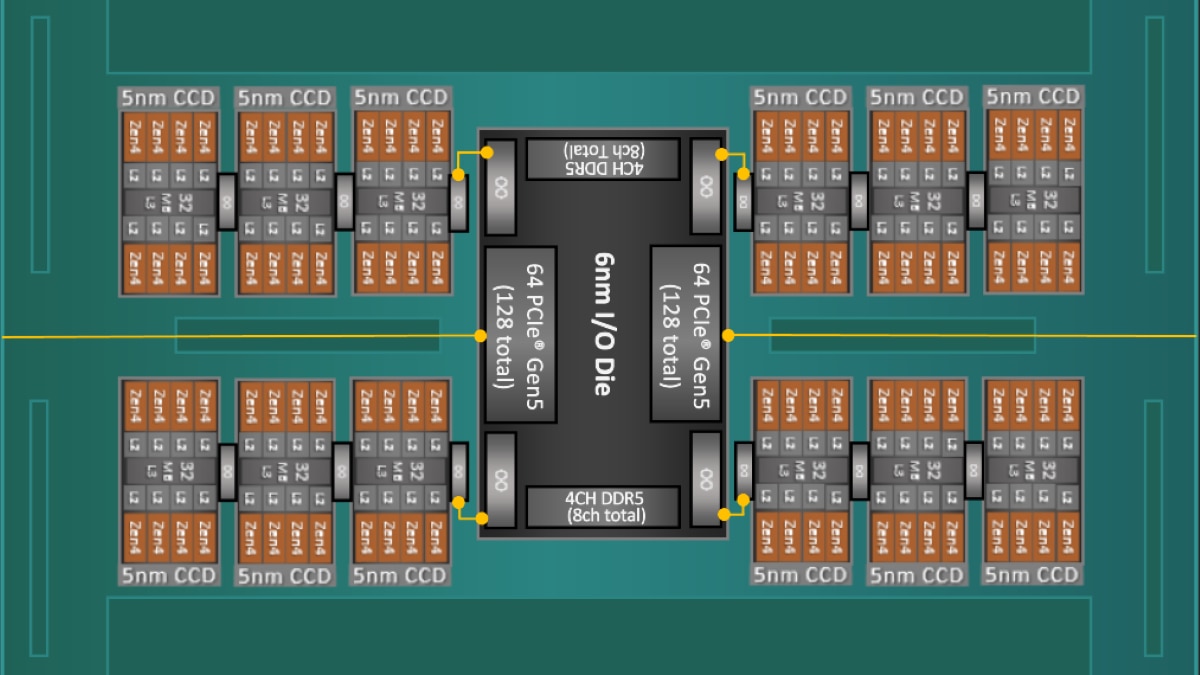
Chiplets allowed AMD to radically increase the number of CPU cores that were available in a single socket, unlocking better scaling in highly parallel workloads without compromising clock speeds in serially threaded applications. Bringing 64-core and 96-core processors to market has encouraged ISVs to build software that can use them, and we've seen an uptick in support for these ultra-high core count chips as AMD Ryzen Threadripper PRO continues to set the pace of workstation performance. Most recently, the popular, open-source archiving application 7zip announced support for CPUs with >64 threads. This change is expected to improve performance on multiple generations of AMD workstation processors.
The Road Ahead:
AMD workstation processors are for content creators, engineers, and data scientists who need more. More cores. More GPUs. More high-performance storage. More security and manageability options. Every generational update since 2020 has meaningfully improved on the generation before it, and the upcoming AMD Ryzen Threadripper PRO 9000 WX-Series, codenamed “Shimada Peak", is no exception.
These updated CPUs are based on the "Zen 5" architecture and incorporate all its advances over "Zen 4", including a higher-performing implementation of the AVX-512 instruction set. AI workloads require high memory bandwidth to run well, and the AMD Ryzen Threadripper PRO 9000 WX-Series delivers it, with support for DDR5-6400; a 23% bandwidth increase over its predecessor. GPU performance in AI-related workloads is also unmatched, as illustrated in the slides below.
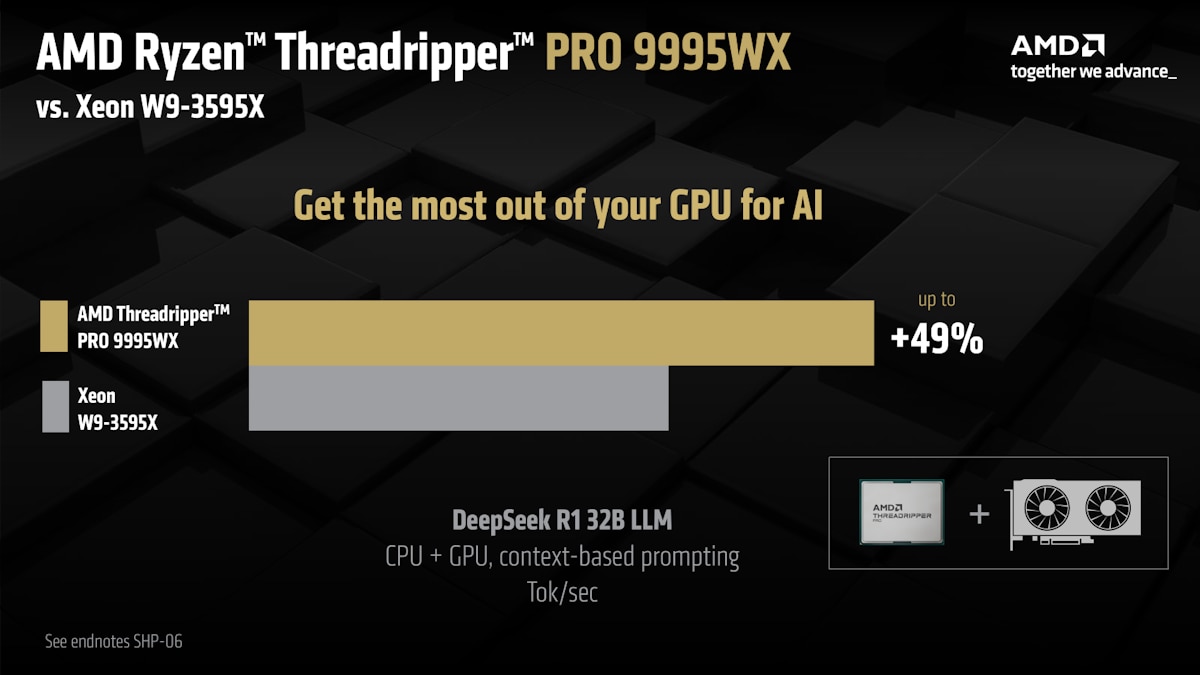
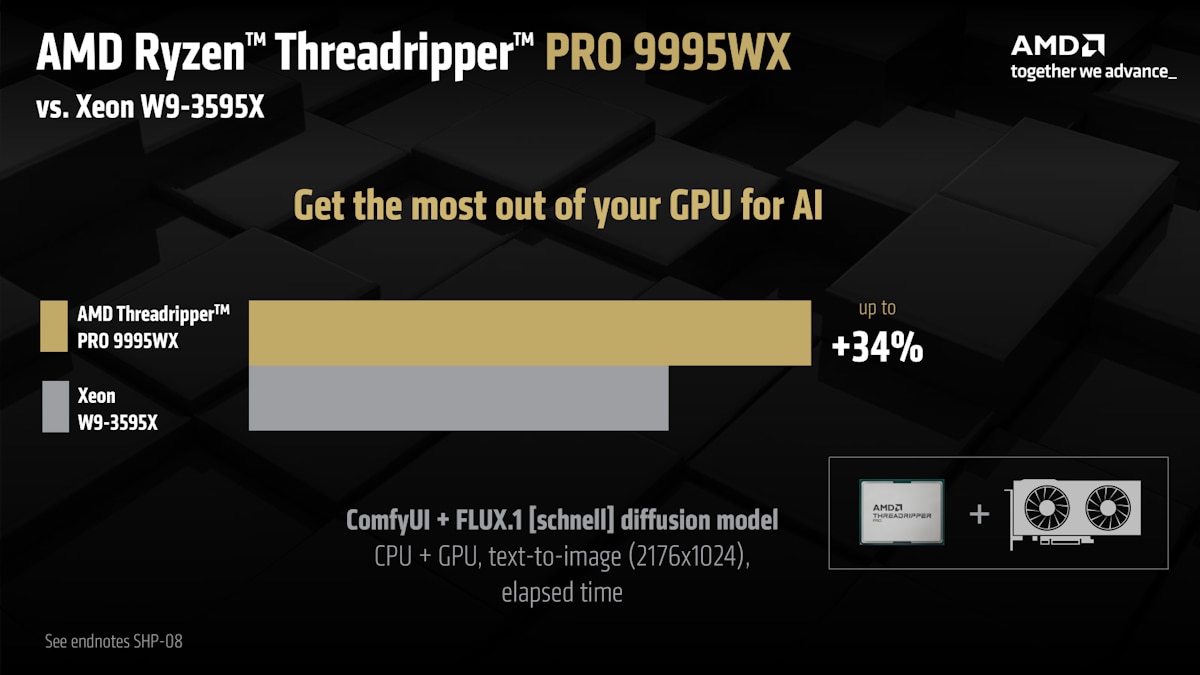
Over the last five years, AMD has redefined what customers expect from workstations. Its success illustrates the need for strong competition and the substantial benefits of rethinking the fundamentals of CPU design. AMD Ryzen Threadripper PRO 9000 WX-Series processors continue this trend, delivering excellent performance in both AI and non-AI workloads across the entire realm of workloads our customers engage with.
I’m proud to say I’ve supported AMD Threadripper processors since the beginning. Having started my career as an architectural designer and 3D animator, I’ve had a front-row seat to watch creators -- from concept artists to mechanical engineers -- leverage its staggering core counts to turn imagination into reality.
What began with zero customers has grown into a robust workstation lineup with AMD Threadripper PRO processors from major OEMs like Dell, HP, and Lenovo, empowering creative professionals everywhere with uncompromising performance. I’ve seen architects iterate easily on massive building information models (BIM), and animators preview photoreal frames in real time, but the most exciting chapter is just opening. As generative AI and machine-learning tools become standard in every creative workflow, AMD Threadripper PRO CPU’s plentiful threads, expansive PCIe lanes, and prodigious memory bandwidth make it the ideal canvas for the next wave of creative innovation. Here’s to five years of boundary-breaking power, and to a future where every creative professional can dream even bigger with AMD Threadripper PRO CPUs.
*Based on AMD internal analysis June 1, 2020, comparing specifications of AMD Ryzen™ Threadripper™ PRO to Intel Xeon Gold 6256 and Intel Xeon W-2265. CPP-01.
**The AMD Ryzen™ Threadripper™ PRO 3995WX has up to 64 cores compared to the highest core count Intel Xeon Scalable workstation processor, the 8280 at 28-cores. CPP-03
LM Studio + DeepSeek R1 (CPU/GPU) benchmarks to compare the performance of the AMD Ryzen Threadripper PRO 9995WX processor in a reference system configured with 8x 64GB DDR5 memory, Nvidia RTX PRO 6000 Blackwell graphics, 1TB SSD, Win 11 vs. a similarly configured BOXX workstation with the Intel® Xeon® W9-3595X processor. Workstation manufacturers may vary configurations, yielding different results. Results may vary. SHP-06.
ComfyUI 0.3.34 + FLUX.1 [schnell] diffusion model test to compare the image generation performance of the AMD Ryzen Threadripper PRO 9995WX processor in a reference system configured with 8x 64GB DDR5 memory, Nvidia RTX PRO 6000 Blackwell graphics, 1TB SSD, Win 11 vs. a similarly configured BOXX workstation with the Intel® Xeon® W9-3595X processor. Workstation manufacturers may vary configurations, yielding different results. Results may vary. SHP-08.




